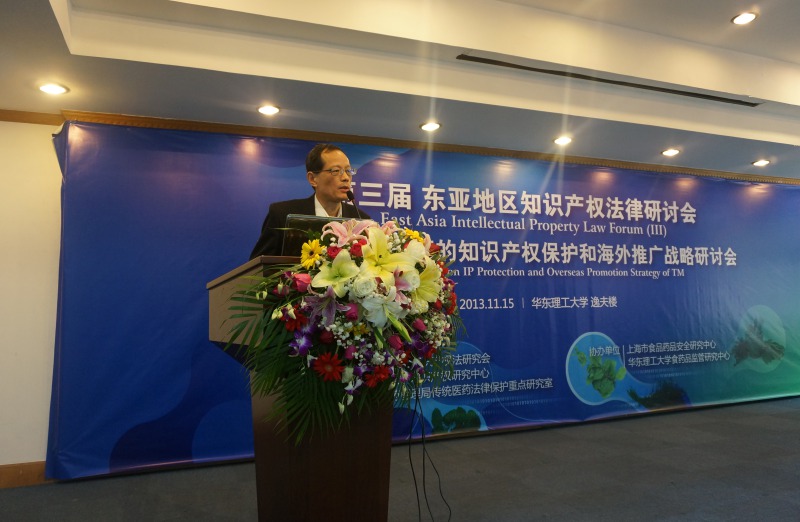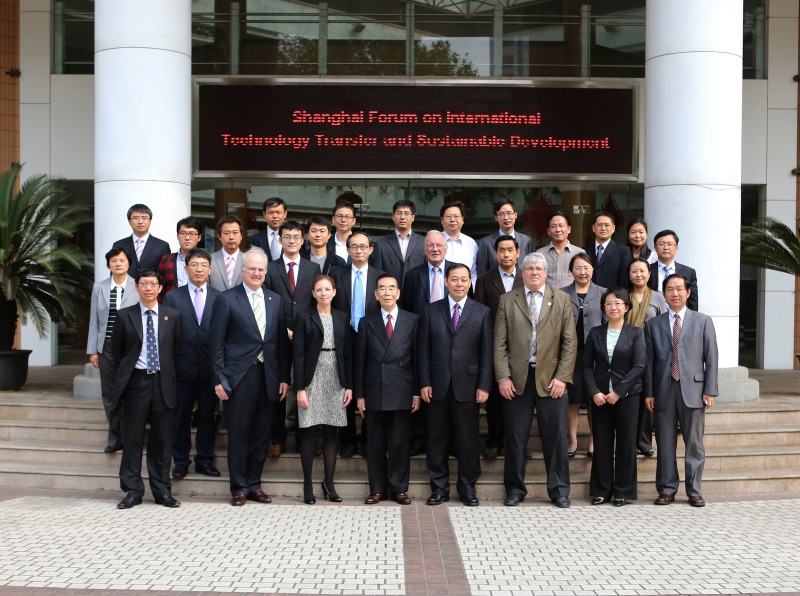Investigation and Reflection on Ethnic Culture Inheritance and Protection in Key Ecological Function Areas in Northeast China
Dai Jiayan
ResearchInstitute of Ethnic Groups in Northeast China, Dalian Nationalities University
Heilongjiang National Series, 2015(03)
Abstract:Through taking fieldwork at four National Ecological Function Areas in Northeast China, the current situation of intangible cultural heritage protection and the cultural relics development as well as ethnic villages construction have gotten a thoroughly understanding. In this paper, it has given some recommendations on how to take a further promotion on ethnic culture inheritance and protection of these four typical areasin Northeast China, including linkage mechanism establishing, common ethniccultural features discovering and ethnic culture undertakings investments and so on.
Key Words: Key Ecological Function Area in Northeast China, ethnic culture inheritance andprotection, linkage mechanism
Outline:
On December 2012, the State Department of the PRC has delivered National Function Zoning and clarified different functions of the fourmajor functional areas. The land and space in China have been divided into four major functional areas, including areas for optimizing development, focused development, limited development and forbidden development.
The delimitation has not only dobenefits for the protection of national ecological security, but also created a good opportunity for ethnic culture inheritance and protection within a specific area.
In this paper, it consists of three parts:
The first part is a general introduction for natural and cultural resources in key ecological function areain northeast China.
The second part is an analysis on the current situation and characters of ethnic culture inheritance and protection. In this part, it has pointed out three main characteristics of ethnic culture protection and promotion, and specific examples are taken to support these standpoints. Moreover, ethnic culture forms of the main four areas which are in protection and promotion are listed in this part, as follows:
I. Lager and Lesser Khingan Mountains Ecological Function Area.
(346,997 km2, 7.117 million people)
Area | Intangible Cultural Heritage | Ethnic Villages Construction | Cultural Relics |
Inner Mongolia Autonomous Region: Yakeshi City, Genhe City, Ergun City, Oroqen Autonomous Banner, Arxan City, Arun Banner, Morin Dawa Daur Autonomous Banner, Zalantun City | Daur cradle, Ewenki Shaman clothing and equipments, Aoluguya Ewenki wedding customs, Daur dwelling building skills, Oroqen Fire Festival, Aoluguya Ewenki Traditional Medicine, etc. | Aoluguya(Ewenki), Dongguang(Korean ethnic group), duobukur hunters village(Oroqen), Enhe(Russian ethnic group) | Site of the Gaxian Cave, Arxan Fortress, Jinjiehao Relics |
Heilongjiang Province: Beian City, Xunke County, Yichun District, etc. | Holy Water Festival, Khingan Mountains forest song, Wudalianchi Legend, Korean dishes dance, Qiqihaer rattle stick dance, Oroqen paper cutting, etc. | Oroqen New Village (Oroqen), Hala New Village(Daur), Bianjiang(Russian ethnic group), Xinsheng(Oroqen) | Site of Aihui New Town, Morgan-Mohe Ancient courier route, Wudalianchi geological park |
II. Hulun Buir Grassland Ecological Function Area.
(45,546 km2,76,000 people)
Area | Intangible Cultural Heritage | Ethnic Villages Construction | Cultural Relics |
Inner Mongolia Autonomous Region: New Barag Left Banner, New Barag Right Banner | Baerhu Mongolian long-tune, Kangyur temple fair, Mongolian Horse endurance race, Heroic Epics of Mongolia, traditional Mongolian medicine and pharmacy, etc. | / | Nomonhan Site, Kanjur Temple |
III. Sanjiang Plain Wetland Ecological Function Area.
(47,727 km2, 1.422 millionpeople)
Area | Intangible Cultural Heritage | Ethnic Villages Construction | Cultural Relics |
Heilongjiang Province: Tongjiang City, Fujin City, Mishan City, etc. | Hezhe Oral Art, Tongjiang fish bone techniques, Hezhe fish-eating customs, etc. | Tongjiang Fishing Village (Hezhe) | Aolimi Townsite, Zhongxing Townsite,etc. |
IV. Changbai Mountain Forest Ecological Function Area.
(111,857 km2, 6.373 millionpeople)
Area | Intangible Cultural Heritage | Ethnic Villages Construction | Cultural Relics |
Jilin Province: Linjiang City, Changbai Korean Autonomous County, etc. | The Manchu Story-telling, Changbai Mountain Forest Song, Korean rice cake making skills, ginseng wine brewing techniques, etc. | JinjiangVillage(Manchu), Kor Yuen(Korean ethnic group), Chatiao(Korean ethnic group) | Lingguang Pagoda, Dunhua Mountain City, Jilin Tumen Jiangyuan National Forest Park,etc. |
Heilongjiang Province: Hailin City, Dongning County, Wuchang County, etc. | Story-telling with drum accompaniment in northeastern China, etc. | Mudanjiang Star Village (Korean ethnic group) | Northeast Fortress of Japanese War of Aggression against China, etc. |
The third part is about problems and suggestions. In this part, this paper has given some analysis on the problems existed on protection and inheritance of ethnic culture in Northeast China, such as the lack of effective integration between the natural environment and cultural resource protection,lack of joint developing consciousness and lack of link between government andthe public. Accordingly, it suggests that a linkage mechanism between ecological protection and cultural protection needs to be established and the relationship among all the sides should be balanced and coordinated for further promotion.
next:Three Inheritance Paths of Current China’s Intangible Cultural Heritage


